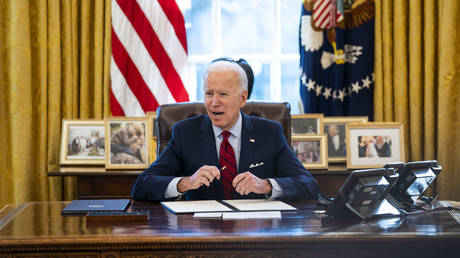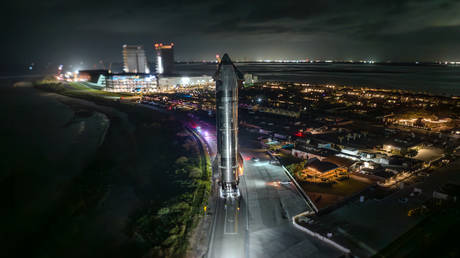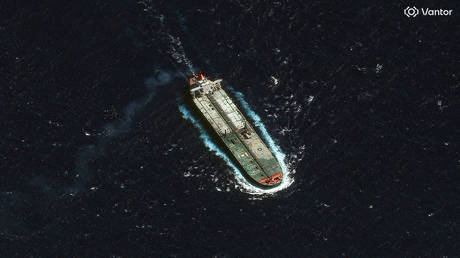
The US president’s move marks a new escalation with some warning of a potential Cuban Missile style crisis
US President Joe Biden’s authorization for Ukraine to use Western long-range missiles on ‘old’ Russian territory is perhaps the most serious episode of escalation in the two and a half years of the Ukraine conflict.
While the battlefield has yet to fully reflect these changes, the rhetoric has already reached unprecedented levels: Moscow immediately brandished the ‘nuclear card’. Meanwhile, the conservative wing in the West accuses Biden of trying to spark World War III, while liberals seem to tentatively approve, though with uncertainty. Only one person appears completely satisfied –Ukrainian leader Vladimir Zelensky. He is behaving as if victory is assured, though in reality, there is little to celebrate.
There are real doubts about whether Biden’s move will significantly impact the war’s trajectory.
Even the US president’s own advisers admit that what Ukraine truly needs is soldiers, not more advanced weapons systems. The “wunderwaffen” provided so far have not been particularly effective.
Since 2023, Ukraine has used Storm Shadow/SCALP systems and, since spring 2024, ATACMS. However, attacks on Russian military installations in Crimea and other new territories have yielded few tangible results. The exact number of missiles Ukraine has left is unclear, but estimates suggest only a limited stock. The Times reported fewer than 50 ATACMS, and The Telegraph described the number of Storm Shadow/SCALPs as “relatively few,” likely around 100.
With reserves running low, the question remains: What impact can these missiles have? If Ukraine launches a few large strikes and then faces shortages, is it worth the risk, especially given Moscow’s increasingly proactive response and the potential for major retaliation? The answer is no.
If we consider the situation from a military standpoint, the West’s decision appears reckless and illogical. This marks a radical departure from Biden’s traditionally cautious approach, suggesting a political, rather than military, calculation behind the move.
There is widespread belief in both Russia and the West that Biden is trying to undermine President-elect Donald Trump’s plans to broker talks between Moscow and Kiev once he returns to power. The idea is that Putin, fearing reputational damage, will escalate the conflict further to placate Russian hawks, forcing Trump to continue supporting Ukraine to avoid being labeled a “loser” who abandoned US interests.
However, this strategy could backfire. What happens if the American public’s resentment towards the outgoing administration’s actions, which is already building, becomes overwhelming? If so, Trump would gain a compelling reason to end US involvement in Ukraine. He would then shift from “loser” to hero – someone who prevented World War III. Biden and his allies in the Democratic Party are unlikely to want to strengthen Trump in this way.
The West knows that, given its current state, Ukraine will eventually come to the negotiating table. Trump’s arrival won’t change this – it will likely only accelerate the peace process.
In this scenario, Biden’s actions – arming Ukraine in the final months of his presidency – don’t seem so irrational. The goal isn’t escalation for a breakthrough, but simply to buy time so that Kiev is in a stronger position when negotiations begin. It’s about maintaining enough of a hold, particularly in parts of Kursk Region, as leverage. Ukrainian forces may even risk further border incursions.
Politically, Biden’s decision is relatively safe. It won’t affect the elections – his party has already lost in a landslide. The looming prospect of a peace deal could prevent the Kremlin from reacting too harshly. At least, that’s what the White House hopes. No one knows for sure except Biden and his inner circle.
How will Russia respond? Since this provocation is political, we can expect a political response. We’ve already seen part of it: a tougher nuclear stance. The second component is the launch of the new Oreshnik hypersonic missile, reported last week. This serves as a show of force. Some might argue that the “red lines” have lost their relevance, but as far as I’m concerned, it’s enough to cool down the hotheads in the West. For now, that’s all that’s needed.
This article was first published by the online newspaper Gazeta.ru and was translated and edited by the RT team




